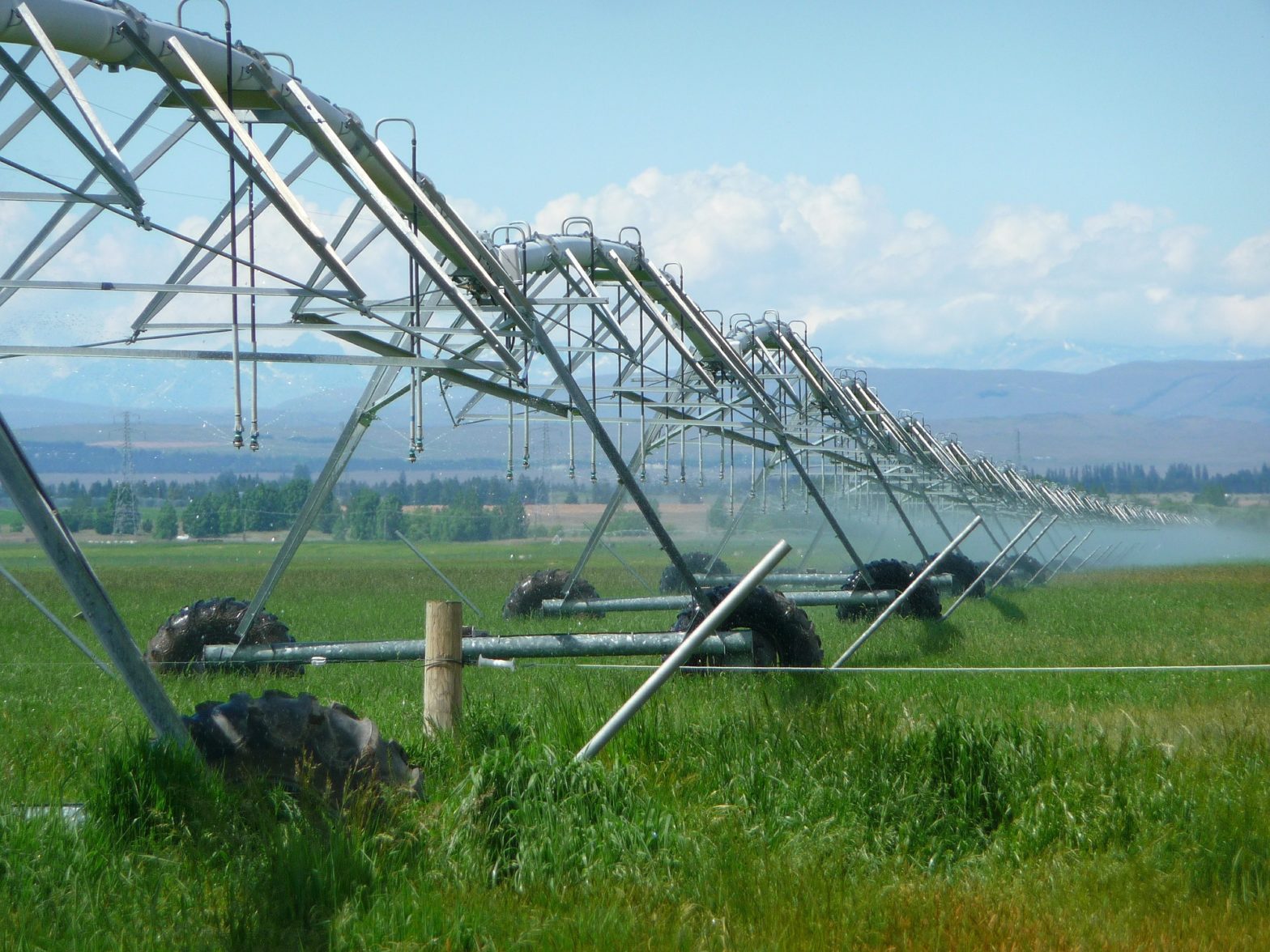
Good health is more important than ever as this TEDx video shared by an SNEB Twitter follower underscores. Read about the intersection of COVID-19 and good health below. And what about COVID-19’s impact on the food environment?
Good Health and COVID-19
Interest in Immunity
- Nutrition educators can reinforce the public’s interest in immunity with messages/information about how healthful food choices and physical activity support immunity.
- Find more in this article from the May/June 2016 issue of the American Journal of Lifestyle Medicine.
Co-morbidities of COVID-19
- Many health conditions such as diabetes, obesity and hypertension are linked with poor health outcomes when patients are exposed to coronavirus. For many people, these health conditions are seen as long-term/”in the future” aspects of health. A timely message: improving these health conditions now may mean a better health outcome if exposed to the virus.
The Food Environment During/After COVID-19
Meat shortages and plant-based meat alternatives
- Although regular meat sales have increased during the pandemic (and now we may see shortages as the supply chain is disrupted), plant-based meat alternatives have also seen large increases, as noted in Food Navigator.
- Impossible Foods has offered its plant-based burger mostly in restaurants, but is now making it available more widely including at one San Francisco restaurant via an online store. Will other plant-based meat alternatives see increased interest? Time will tell.
Online grocery shopping
- The pandemic has increased the percent of us who have moved to online grocery shopping (doubling for WalMart). In the middle of a pandemic, shoppers may be more tolerant of less choice or substitutions made in their online order but they may become less so when the pandemic ends. Yet it’s likely online grocery shopping will continue to see increased use. Will consumers continue to shop online at the same rates when they go back to work, or will others return to their pre-pandemic shopping habits? Time will tell. Some of us may welcome going back to the grocery store. Others, constrained by work demands, may not.
- More states are rolling out SNAP online grocery shopping, which may influence trends. Eighteen states currently allow or are in the process of creating programs to allow SNAP online grocery shopping. These projects mean more than half of low-income households receiving SNAP could have access to buying online groceries.
Grocery stores after the pandemic
- Grocery stores are adapting with more pick-up in stores and other strategies. Kroger has closed at least one Ohio store to devote it entirely to online grocery orders. Read how they might implement even more changes as a result of the pandemic in this piece from the Atlantic.
- Superstores will likely still exist and concentrate shoppers even more, especially if some small specialty food stores don’t re-open after the pandemic. Other changes may be hand washing/hand-sanitizing stations in grocery stores as well as refrigerated/frozen lockers in the front or back of the store for click-and-collect delivery, meaning a redesign for some stores to allow for this.
Grocery stores innovate during the pandemic
- Schnucks offers a reservation system to keep the number of shoppers at a safe number.
- One Michigan grocery store is offering Tuesday pickup of local restaurant-prepared meals.
- Giant Food is offering free online classes.
- ShopRite offers a free online chat with dietitians.
Restaurants pivot
- Takeout food delivery has thrived during the pandemic. Will restaurants link to a delivery platform even more than before the pandemic? Phil Lempert, the Supermarket Guru, has suggested that one pivot may be restaurants offering groceries.
- Panera, Subway and others are currently selling groceries either online for delivery or in-store. Denny’s is selling food in their parking lots. Will this continue after the pandemic?
Blockchain food tracing from farm to table
- Blockchain technology is being utilized to trace food through the distribution system.
- It adds transparency and identifies where problems are located when they occur. Adoption of blockchain has been slow but the current pandemic may break through some barriers to its use.
